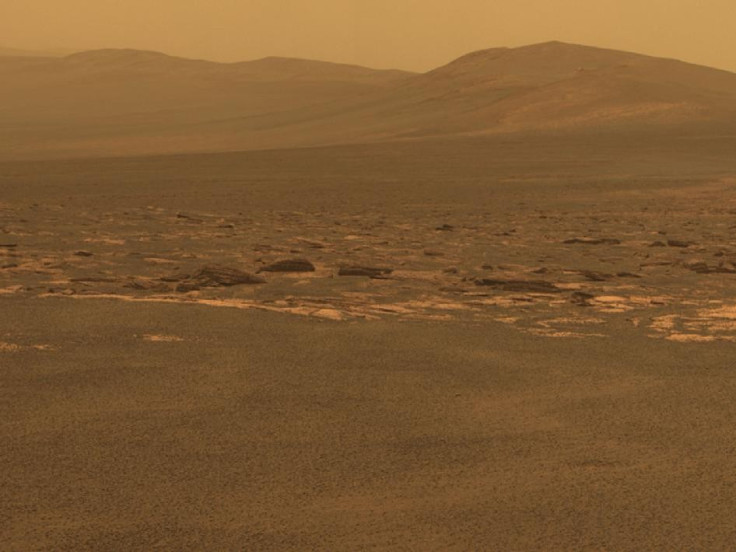Colonising Mars: Nasa Plans a Greenhouse for the Red Planet

In an attempt to 'terraform' or 'green' the bleak, red terrain of Mars, Nasa will probably attach a tiny greenhouse to its next rover which will be launched in 2020. The announcement is expected soon.
The tiny cube will house some crucial plant experiments. If successful, these experiments will tell if humans can colonise the planet someday.
A similar greenhouse will also make its way to the earth's moon once any team across the globe manages to land a robot on moon. Under the Lunar X Prize, Google has promised $20 million to any private enterprise that lands a robot on the moon by the end of 2015.
The Mars Plant Experiment, MPX, seeks to study how plants respond to low gravity as opposed to zero gravity. The red planet has a gravity one-third that of earth's.
More important, can they survive the onslaught of cosmic particles unhampered by an atmosphere?
The small cube-shaped greenhouse filled with carbon dioxide will contain seeds of a mustard-kind of plant, Arabidopsis. Once on Mars, the seeds will be soaked in water, while heaters and LEDs will regulate the temperature to a favourable one for growth.
Then it will be a watch-and-wait to see the first human-induced life sprout wings on Mars.
The Mars experiment is one of 58 projects vying for space on the rover but has the advantage of a relatively low cost of $6.76 million.
Plant experiments have been done in space under micro-gravity conditions. In 1973 Nasa sent rice seeds on the Skylab in orbit to measure how their growth was affected. Later the Russians grew wheat on the Mir space station. More recently the ISS has been home to a vegetable production unit.
So far, the results indicate that while plants manage to survive, they are not terribly excited. Plants grown in space have twice the mutations in their genes as they do on Earth with two-fold changes in more than 500 plant genes, pointing to stress.
"Plants don't like zero gravity. Humans don't like zero gravity. Not even cockroaches like zero gravity," Nasa senior scientist Chris McKay, a principal investigator in the MPX and LPX says. "But we have no idea if the same is true for low gravity."
The challenges of sending sterilised seeds on a 300 odd million kilometre journey across interplanetary space are many, but the results will be keenly awaited as the team watches how the first colonisers of Mars fare.
Terraforming
Similarities abound between the thin Martian atmosphere with 95% carbon dioxide and the atmosphere that existed on Earth billions of years ago. When the Earth was first formed, no oxygen existed on our planet and it, too, was a desolate, unlivable planet. The atmosphere was made entirely of carbon dioxide and nitrogen. It wasn't until photosynthetic bacteria developed on Earth that enough oxygen was produced to allow for the development of animals.
Hence the speculation about repeating the same process that occurred on Earth naturally on Mars to transform it by using favourable initial conditions, that include the right temperature, water and carbon dioxide. Plants can be grown. Slowly, by virtue of the oxygen they release as also water, the sterile conditions on the planet will gradually change. With microorganisms using up the oxygen and providing the carbon dioxide, a symbiotic relationship evolves. Slowly, an atmosphere is built.
© Copyright IBTimes 2025. All rights reserved.





















